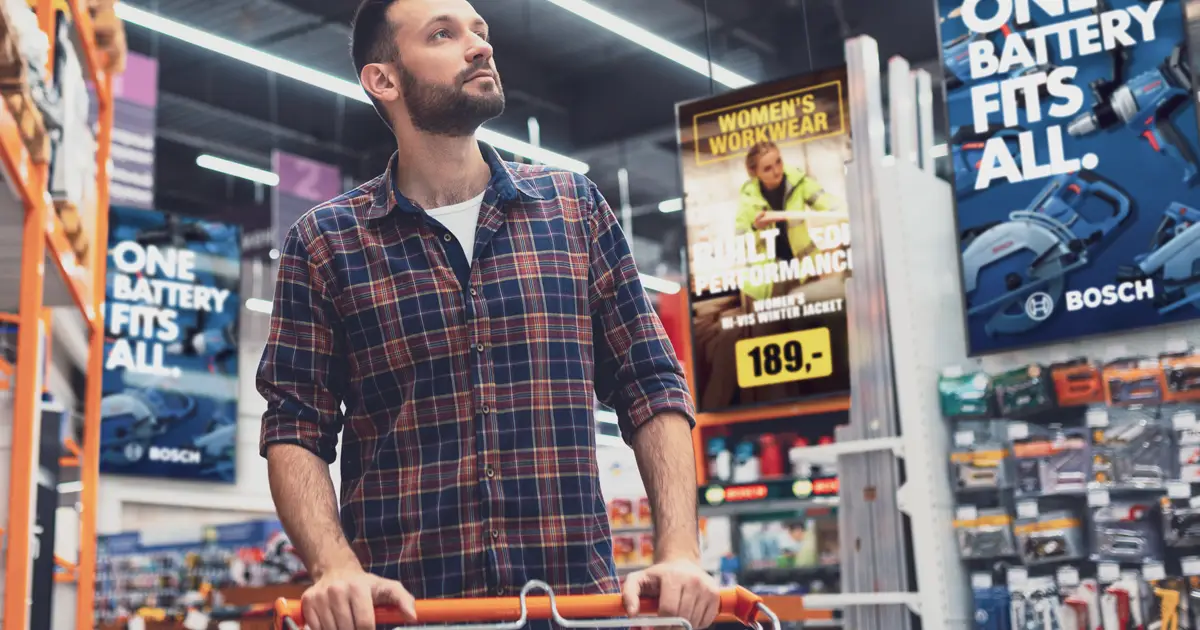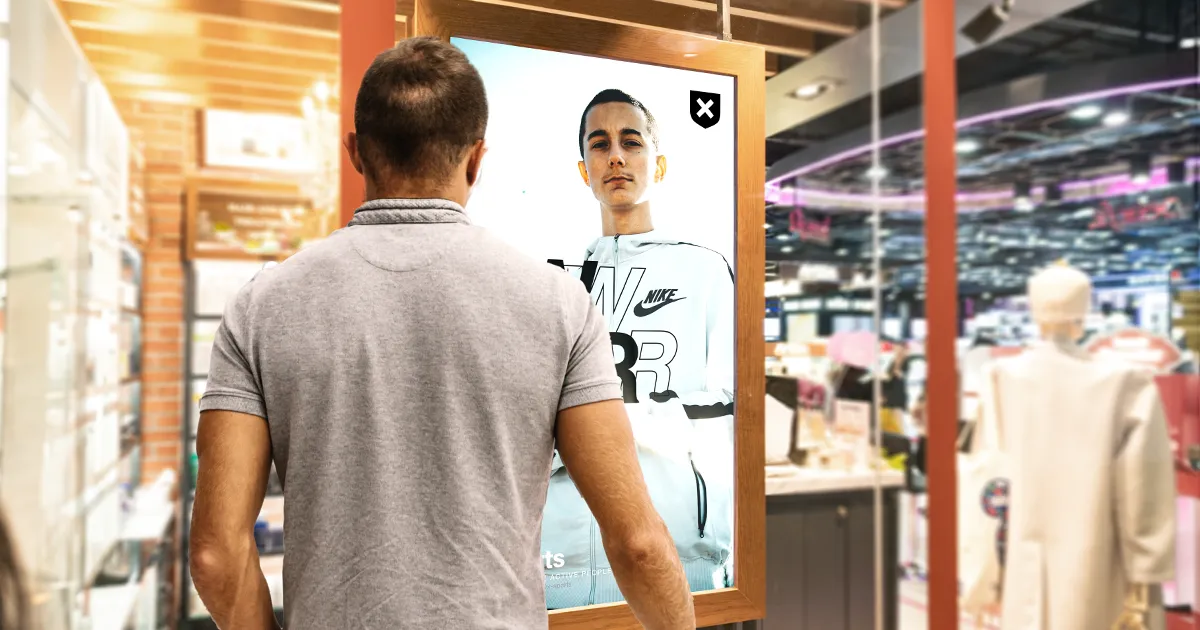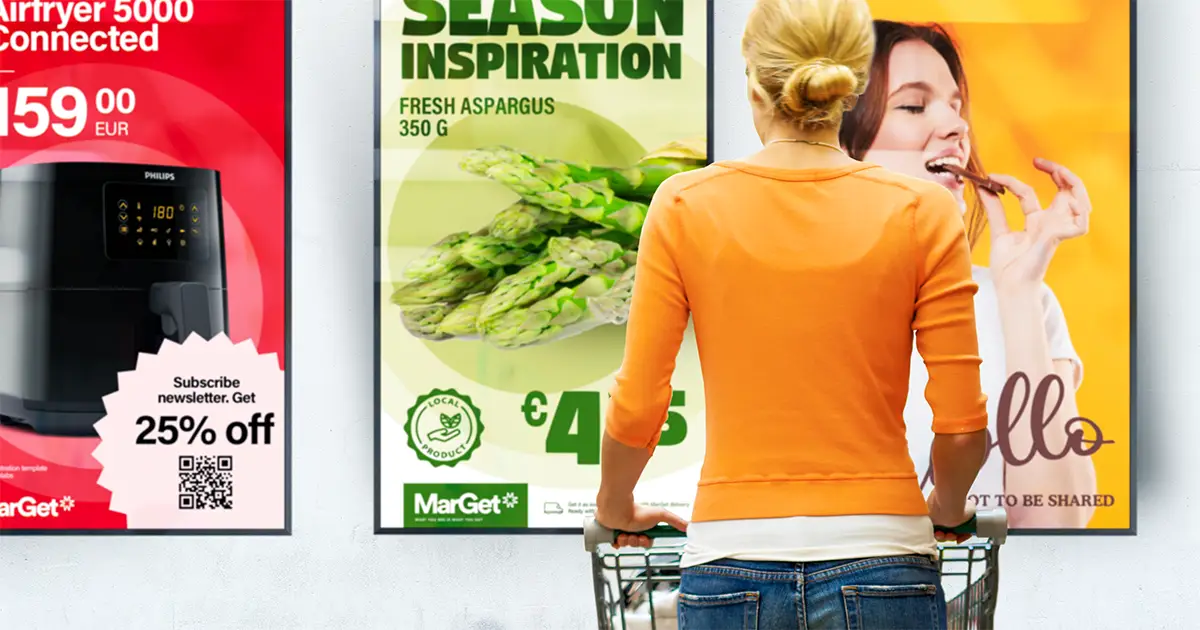Blog posts

Retail media has rapidly grown from a side initiative into one of retail’s most strategic revenue streams. As building an in-store retail media network gets on a retailer’s agenda a major decision must be made: Should the business and technology be built and sold internally, or entrusted to external partners?
The right choice depends on how a media owner defines success — is for example the measured revenue the dominating factor in all your decisions? Are you willing to take some risks in building something new yourself or is it most important to your business to get the operations running as soon as possible?
This article sums up the choices you have based on our experiences with retailers all over the world during the last years.
Some retailers choose to develop every element of their retail media network themselves — data infrastructure, ad delivery, analytics, and advertiser tools. And if they want to be self-sufficient, they need to set-up their own team to sell the media too.
This route is only selected by the largest retailers who see retail media as a strategic business unit — one they want to grow, evolve, and protect for the long term. The costs are high but so are the potential winnings.

Most major retailers today adopt a hybrid approach:
Keeping strategic ownership of their data and insights, while collaborating with external partners for sales, measurement, and campaign management. Balancing media sales between outsourced and inhouse sales team is one of the key questions in this model.
From a sales perspective, this setup often produces the best results for most retailers.
Internal teams maintain trade partner relationships and audience intelligence, while automation, analytics, and delivery tools from partners help boost efficiency and yield with media sales partners.
For many, outsourcing the entire operation is the quickest way to enter retail media. In numbers only, most retailers and in a bigger picture the commerce media owners too, fall into this category. It is simply not feasible for a smaller media owner to start building an organization to sell media or to start building any of their own tech.
While these actors will give away a part of their revenue, they will gain peace of mind and ensure they will keep their eyes on their most important ball – the core business.
This option can also be seen as the first steps you take in in-store retail media path. You can safely learn the rules and practices of business at your own pace and when your organization is ready, start in-housing the parts you feel comfortable in running yourself.

Few retailers want to do retail media entirely in-house or fully outsourced. The most successful ones focus on strategic ownership — retaining control of the data, insights, and advertiser relationships that define their media identity — while outsourcing the layers that benefit most from scale and specialization.
In-store retail media is no longer just about selling screen space; it’s about connecting customer data, content, and commerce into one measurable experience. The key question isn’t who builds it, or even who sells it, but who owns it.
Building or outsourcing is not a binary decision. The real task is to define which parts of your retail media ecosystem are core to your business value, and which can be powered more effectively through collaboration. Get that balance right, and you don’t just create new ad revenue — you create a smarter, more connected retail experience.
In Doohlabs, we enable our customers to pick and choose from sales and operating models they want to outsource and which ones to inhouse. Some of our key features are:
And whichever operating model you choose, it’s important you have partners who can advise your organization to make right decisions on the numerous decision you make. Doohlabs as a pioneer in in-store retail media is always ready to help you.